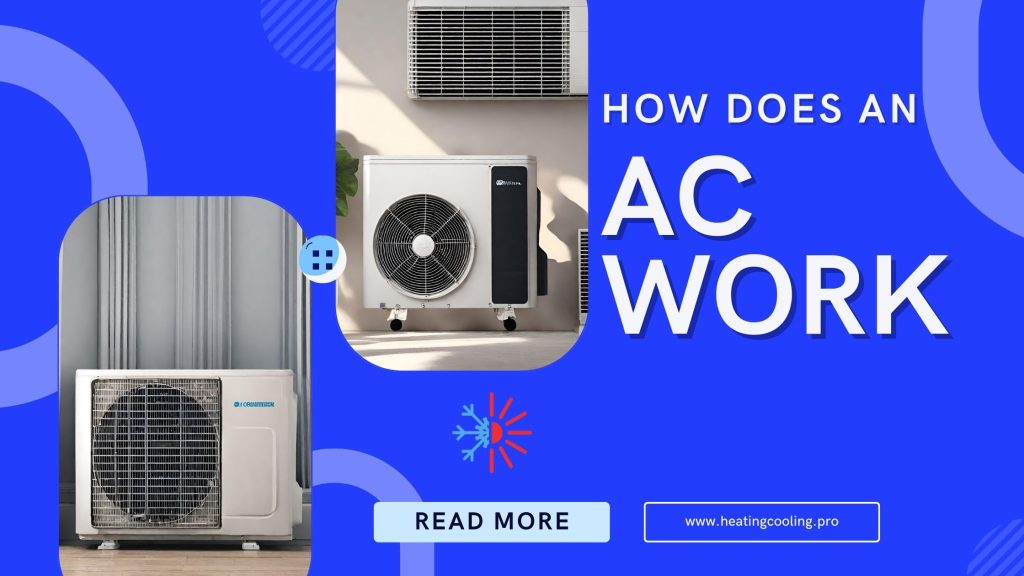In today’s modern world, air conditioning has become an essential part of our lives, providing comfort and relief from the scorching heat during the summer months. But have you ever wondered how an air conditioner works? In this article, we will delve into the intricate mechanisms and processes behind the functioning of an air conditioner, exploring its components, refrigeration cycle, and the physics involved.
Components of an Air Conditioner
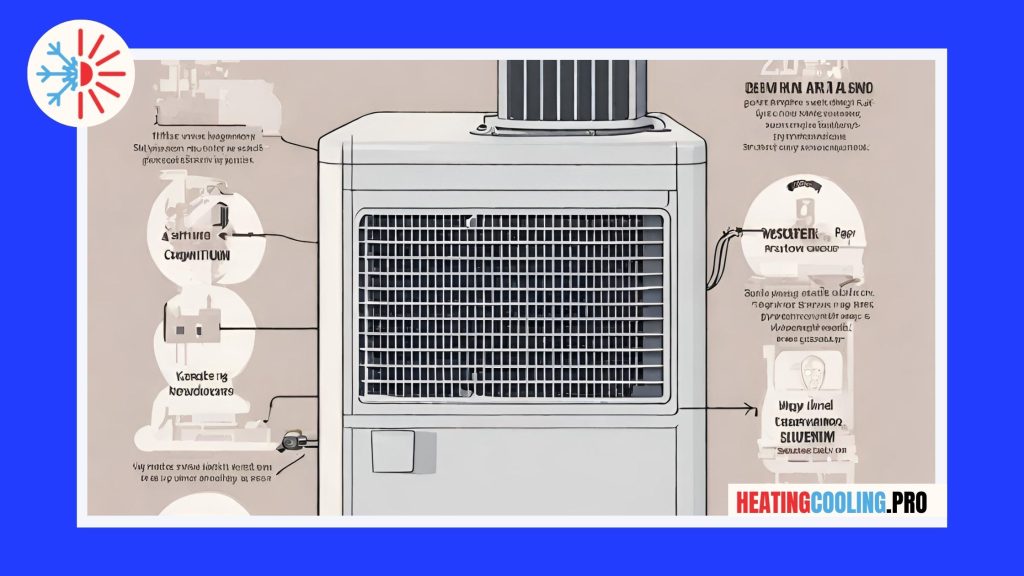
An air conditioner comprises several essential components that work together to cool the air in a room. The primary components include a compressor, condenser, expansion valve, and evaporator. Let’s understand the role of each component:
- Compressor: The compressor is the heart of an air conditioner. It is responsible for compressing the refrigerant gas, which raises its temperature and pressure. This process prepares the refrigerant for the next stage of the cooling cycle.
- Condenser: The condenser, usually located outside the building, facilitates the transfer of heat from the refrigerant to the surrounding environment. It consists of a series of metal tubes with fins that enhance heat dissipation. As the compressed refrigerant flows through the condenser, it releases heat and transforms into a high-pressure liquid.
- Expansion Valve: The expansion valve regulates the flow of the liquid refrigerant into the evaporator. It reduces the pressure of the refrigerant, causing it to rapidly expand and evaporate, while simultaneously lowering its temperature.
- Evaporator: The evaporator is typically placed inside the premises being cooled. It consists of a coil through which the low-pressure, cold refrigerant flows. As the warm air from the room passes over the evaporator coil, the refrigerant absorbs the heat from the air, causing it to evaporate. This process cools the air, which is then circulated back into the room.
How Does Air Conditioner Work Step By Step?
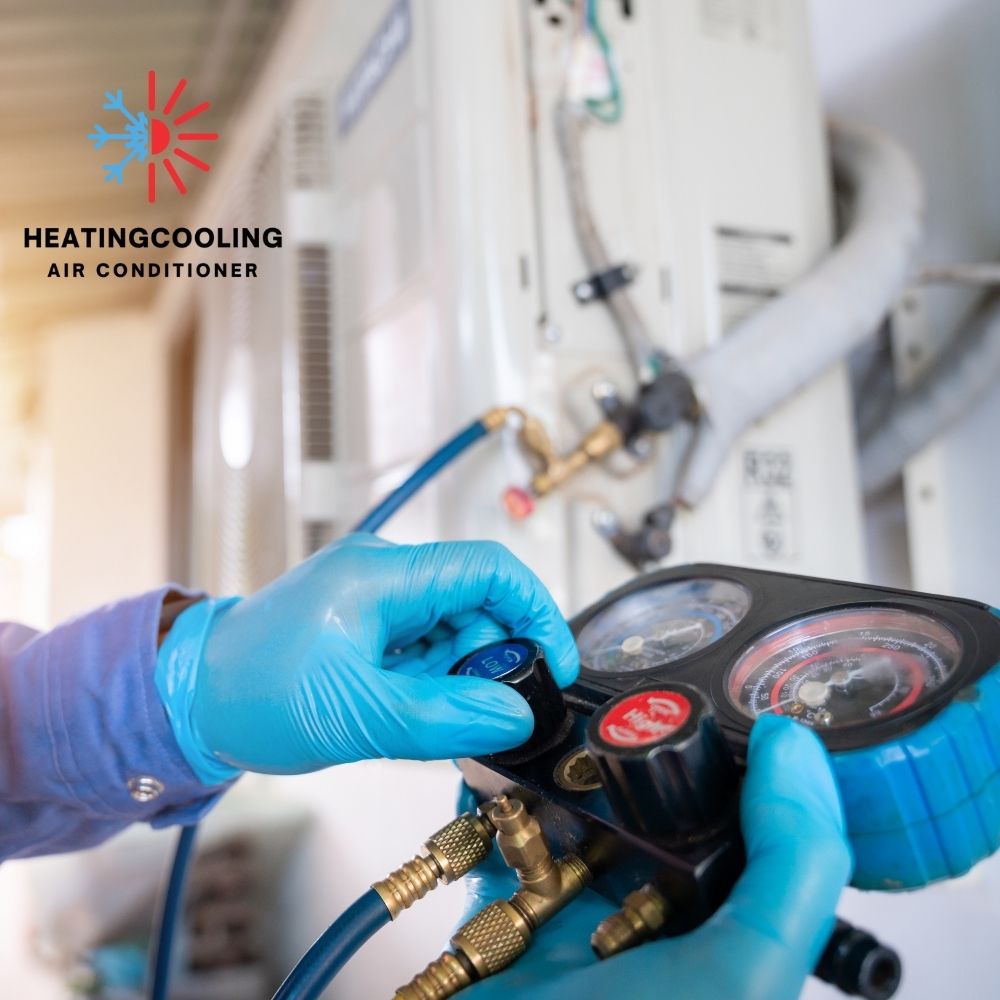
When you turn on your air conditioner, the first thing that happens is the fan starts to turn. The fan pulls air from the room into the air conditioner. The compressor is located in the condenser. The condenser is located outside the house. The refrigerant goes from the evaporator to the compressor to the condenser. The refrigerant is a gas when it leaves the compressor. The gas turns into a liquid when it goes through the condenser. The liquid refrigerant goes into the coil in the evaporator. The coil in the evaporator is filled with cold water. The liquid refrigerant turns into a gas when it goes through the coil. The gas refrigerant cools the air.
The air conditioner has two parts: the evaporator and the compressor. The evaporator is the part that cools the air. The compressor is the part that turns the refrigerant into a gas. The refrigerant is a chemical that changes from a liquid to a gas when it is compressed. The compressor is a pump that pushes the refrigerant through the system. The refrigerant goes from the compressor to the condenser. The condenser is a metal box that the refrigerant flows through. The metal in the condenser gets hot and the refrigerant turns into a liquid. The liquid refrigerant goes from the condenser to the evaporator. The evaporator is a metal box with coils. The liquid refrigerant flows through the coils and the coils get cold. The cold coils cool the air.
The refrigerant goes into the compressor and is turned into a gas. The gas is then sent into the condenser. The condenser is made up of tubes that are filled with cold water. The gas turns back into a liquid and the liquid refrigerant is then sent into the evaporator. The evaporator is a series of coils that are inside the freezer. The liquid refrigerant turns into a gas and absorbs the heat from the freezer. This gas is then sent back into the compressor and the process starts over again.
The condenser is the part of the air conditioner that turns the gas back into a liquid. The liquid then goes back into the evaporator and the process starts all over again.
How Does An Air Conditioner Work In Simple Terms?
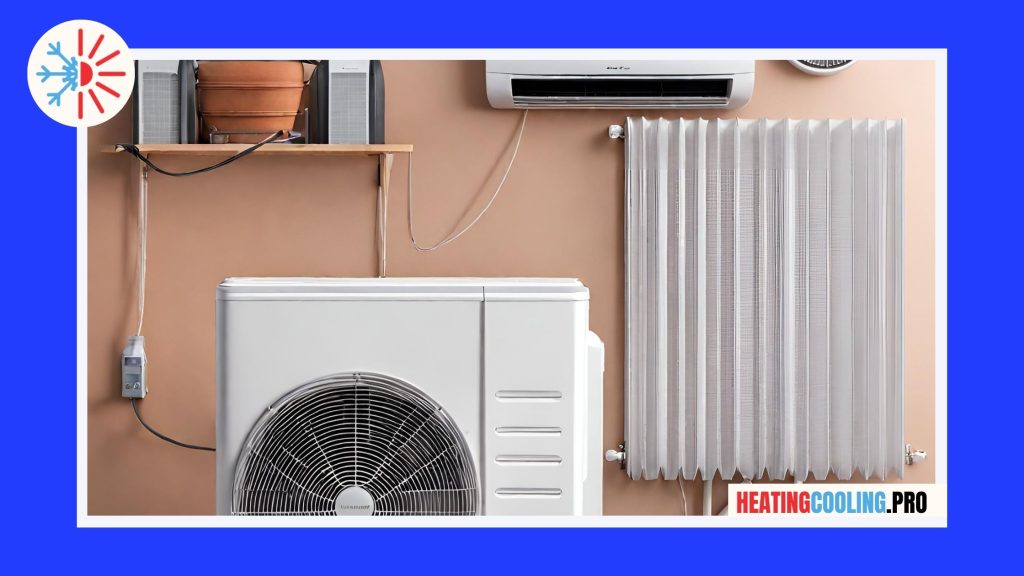
Air conditioners work by using a refrigerant to cool the air inside a room. The refrigerant is pumped into a coil in the outdoor unit. The coil is then cooled by a fan, which causes the refrigerant to turn into a liquid. The liquid refrigerant flows into the indoor coil, where it is warmed by the air in the room. The refrigerant then turns back into a gas and is pumped back to the outdoor unit.
Does An Air Conditioner Take Air From Outside?
The short answer is yes, an air conditioner takes air from outside. The long answer is a little more complicated. An air conditioner pulls air from the room and expels it outside. The air conditioner does this by drawing in the hot air from the room, cooling it down, and then pushing it back out. To do this, the air conditioner needs to have a way to get rid of the heat it creates. One way an air conditioner gets rid of heat is by drawing in air from the outside. This air is colder than the air in the room, so it helps to cool the air conditioner down. It also helps to cool the room down since the air conditioner is getting rid of some of the heat it is creating.
An air conditioner can also get rid of heat by using a refrigerant. A refrigerant is a substance that can change from a liquid to a gas and back again. When the refrigerant is in liquid form, it is cold. When it is in gas form, it is hot. The refrigerant goes through a series of tubes. The tubes are inside the air conditioner. The refrigerant is turned into a gas. The gas is then sent into a coil. The coil is outside the air conditioner.
The gas is then turned back into a liquid. The liquid is cold. The cold liquid is sent back into the air conditioner. The liquid is turned into a gas. The gas is sent into the coil. The coil is inside the air conditioner. The gas is turned back into a liquid. The liquid is hot. The hot liquid is sent back into the air conditioner. The liquid is turned into a gas. The gas is sent into the coil. The coil is outside the air conditioner. The gas is turned back into a liquid. The liquid is cold. The cold liquid is sent back into the air conditioner.
How Does Ac Work In Physics?
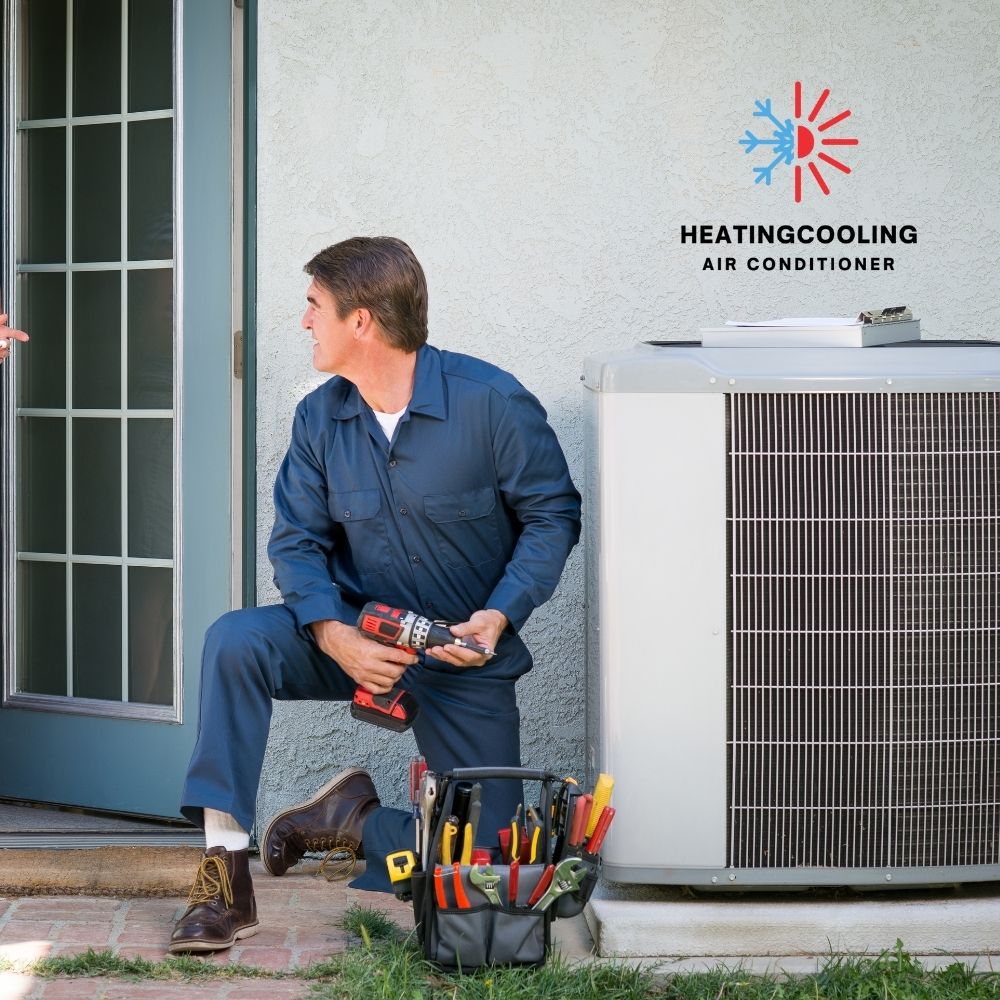
In physics, AC is an abbreviation for alternating current. AC is a type of electrical current that alternates between positive and negative voltages. This type of current is used in most household appliances and is the type of current that is delivered to homes and businesses through the power grid. DC, or direct current, is a type of electrical current that flows in one direction. This type of current is used in batteries and is not commonly used in household appliances.
The difference between AC and DC is that AC can be used to transmit power over long distances, while DC can only be used to transmit power for short distances. This is because AC can be converted to DC, and vice versa, while DC can not be converted to AC. The AC current that is delivered to homes and businesses is converted to DC current by power grid transformers. These transformers convert the AC current to a lower voltage so that it can be safely used by household appliances.
Refrigeration Cycle
The functioning of an air conditioner is based on the principles of thermodynamics and the refrigeration cycle. Let’s explore this cycle in detail:
- Compression: The cycle begins with the compressor compressing the gaseous refrigerant, typically a hydrofluorocarbon (HFC) such as R-410A or R-32. Compression raises the temperature and pressure of the refrigerant, transforming it into a high-pressure gas.
- Condensation: The high-pressure gas then flows into the condenser, which facilitates the transfer of heat to the surrounding environment. As the refrigerant cools down, it condenses into a high-pressure liquid.
- Expansion: The high-pressure liquid refrigerant passes through the expansion valve, where its pressure is reduced significantly. This reduction in pressure causes the refrigerant to rapidly expand, leading to a drop in temperature.
- Evaporation: The low-pressure, cold refrigerant enters the evaporator coil, where it absorbs heat from the surrounding air. As the refrigerant evaporates, it transforms back into a low-pressure gas. Meanwhile, the warm air from the room is cooled and dehumidified as it passes over the cold evaporator coil.
- Repeat: The low-pressure gas is then drawn into the compressor, where the cycle starts again. This continuous refrigeration cycle ensures a consistent supply of cool air to maintain the desired temperature in the room.
Energy Efficiency and Air Conditioners
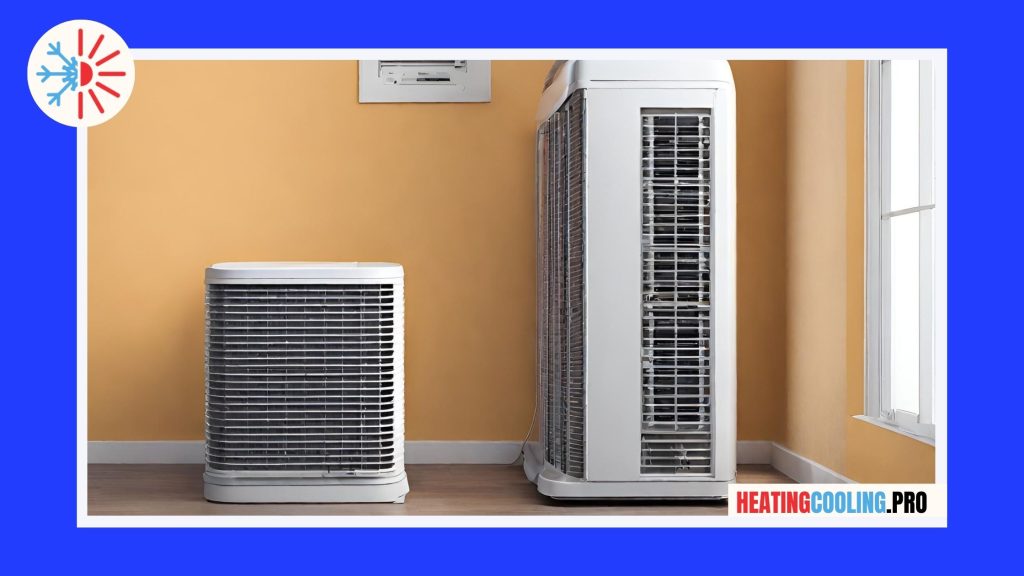
With the increasing concern for energy conservation and environmental impact, the energy efficiency of air conditioners has become a crucial aspect. Several factors contribute to the energy efficiency of an air conditioner, including the SEER (Seasonal Energy Efficiency Ratio) rating, insulation, size of the unit, and maintenance. Higher SEER ratings indicate greater energy efficiency, as the unit can produce more cooling output with less energy consumption.
Conclusion
Air conditioning systems work by employing a complex series of processes and components to cool the air in a room. Understanding how an air conditioner works allows us to appreciate the engineering marvel behind this technology and make informed decisions when it comes to selecting and maintaining these systems. As the demand for air conditioning continues to rise, it is essential to prioritize energy-efficient models and sustainable practices to mitigate the environmental impact while ensuring our comfort.
